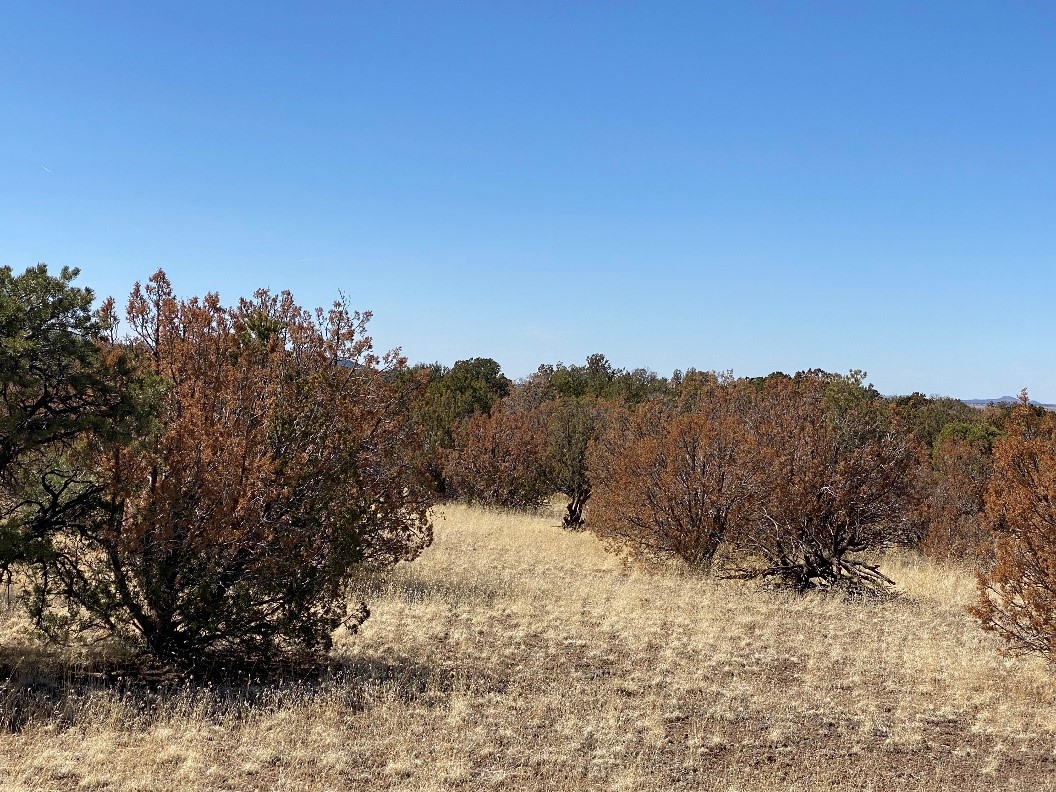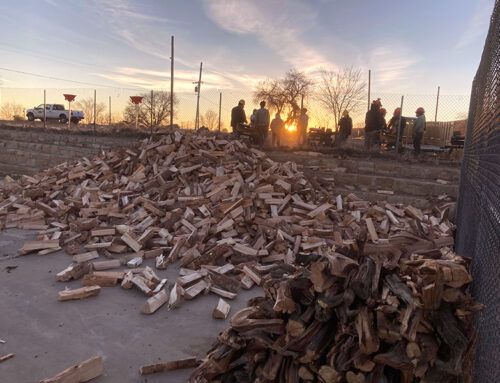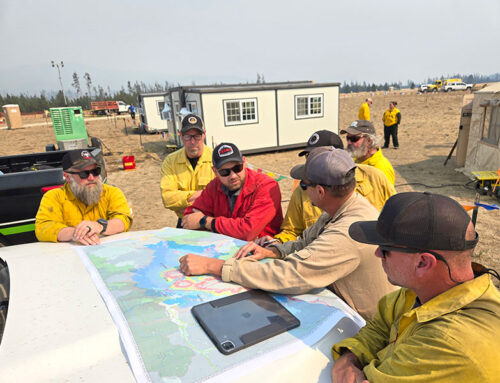In 2022, the ERI’s Ecology team will conduct field projects to address current and emerging questions related to forest restoration treatment effectiveness, climate and fire impacts on forests, and understudied forest ecosystems. During the summer season, ERI field crews will continue remeasurement of an extensive set of monitoring plots arrayed across the major life zones of a steep mountainous gradient near Flagstaff. Data from these long-term plots will be used to assess patterns of tree mortality and examine changes in the regeneration of aspen and other local forest types. In another study, crews will establish monitoring sites and collect field data to examine tree mortality, crown dieback, coarse wood inputs, and changes in stand structure in pinyon-juniper ecosystems. Data from this work will be analyzed, and information will be developed to assist managers in developing plans for conserving “PJ” ecosystems recently affected by extreme drought and insect outbreaks.
We also will continue our collaboration with USDA Forest Health Protection scientists and will travel to a field site in central New Mexico to investigate the effects of thinning and slash treatments on bark beetle activity and understory plant communities in pinyon-juniper woodlands. Lastly, crews will collect data on understory plant responses to forest restoration treatments in one of the longest ongoing restoration experiments in the Southwest located on the Fort Valley Experimental Forest.

Recent tree mortality and crown dieback of trees in pinyon-juniper woodlands will be investigated in summer of 2022.




